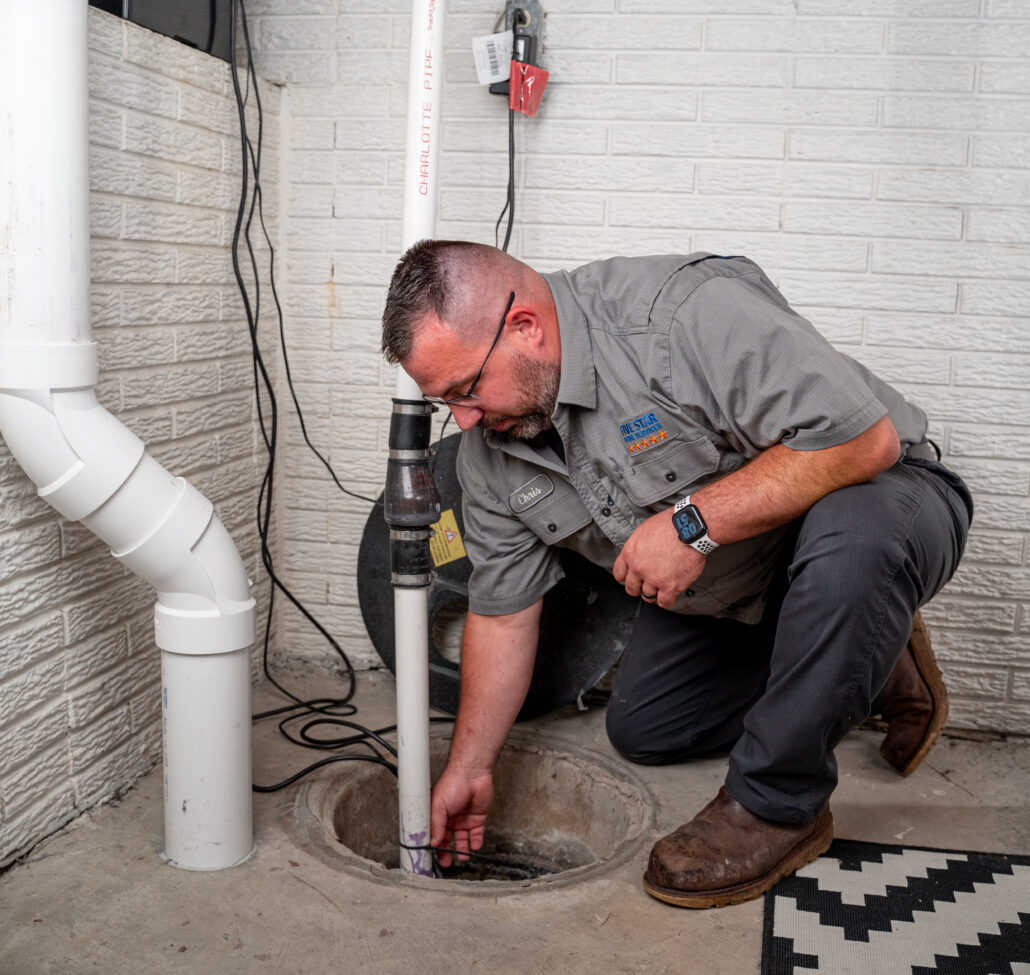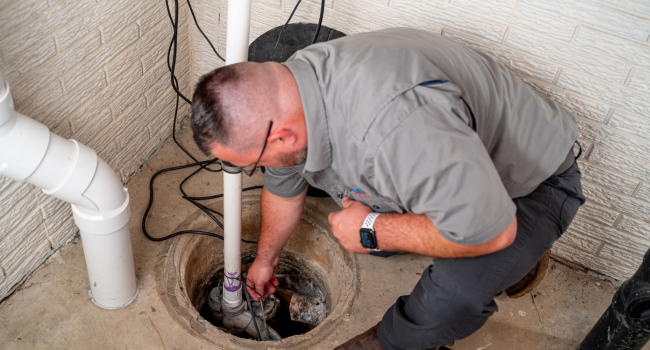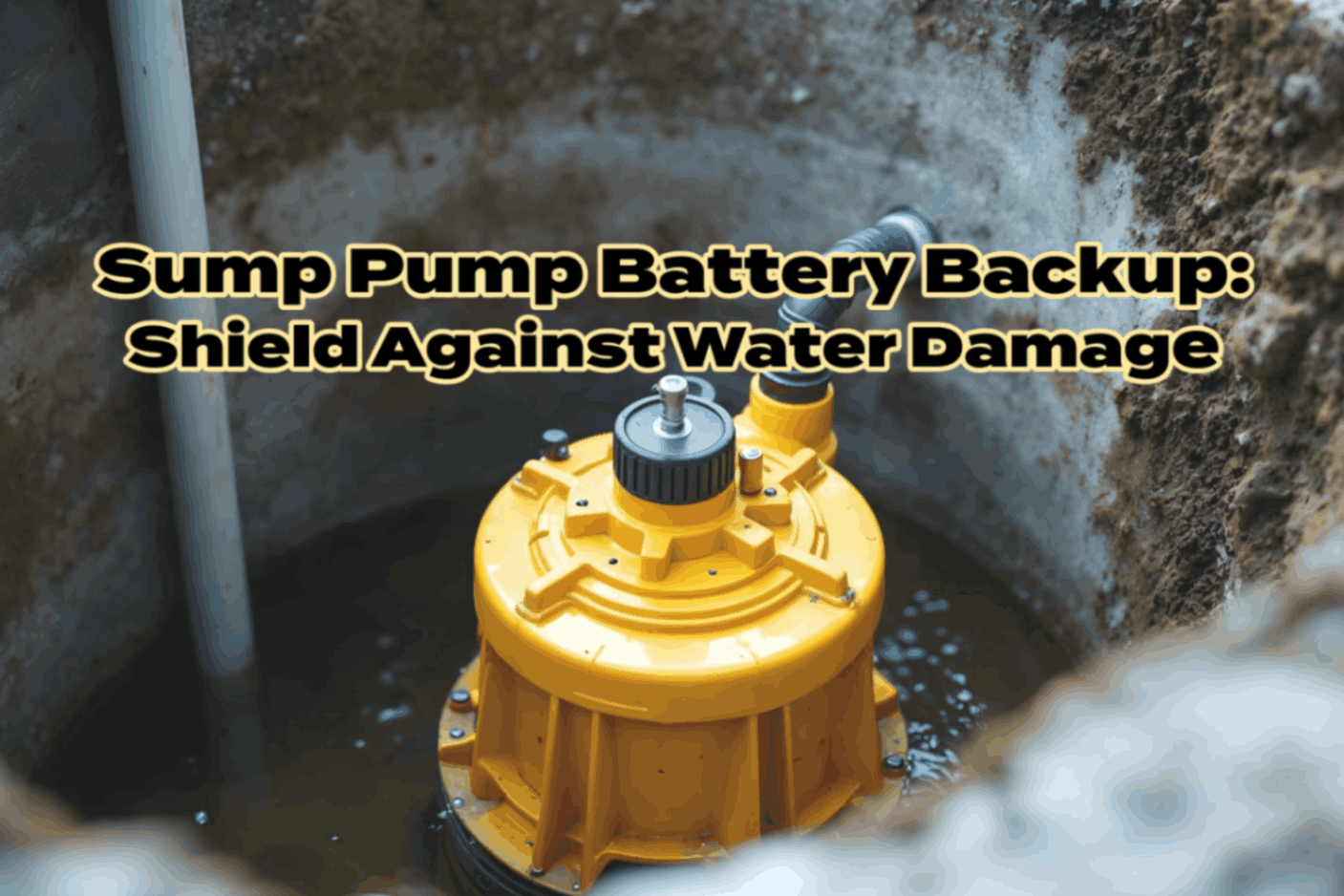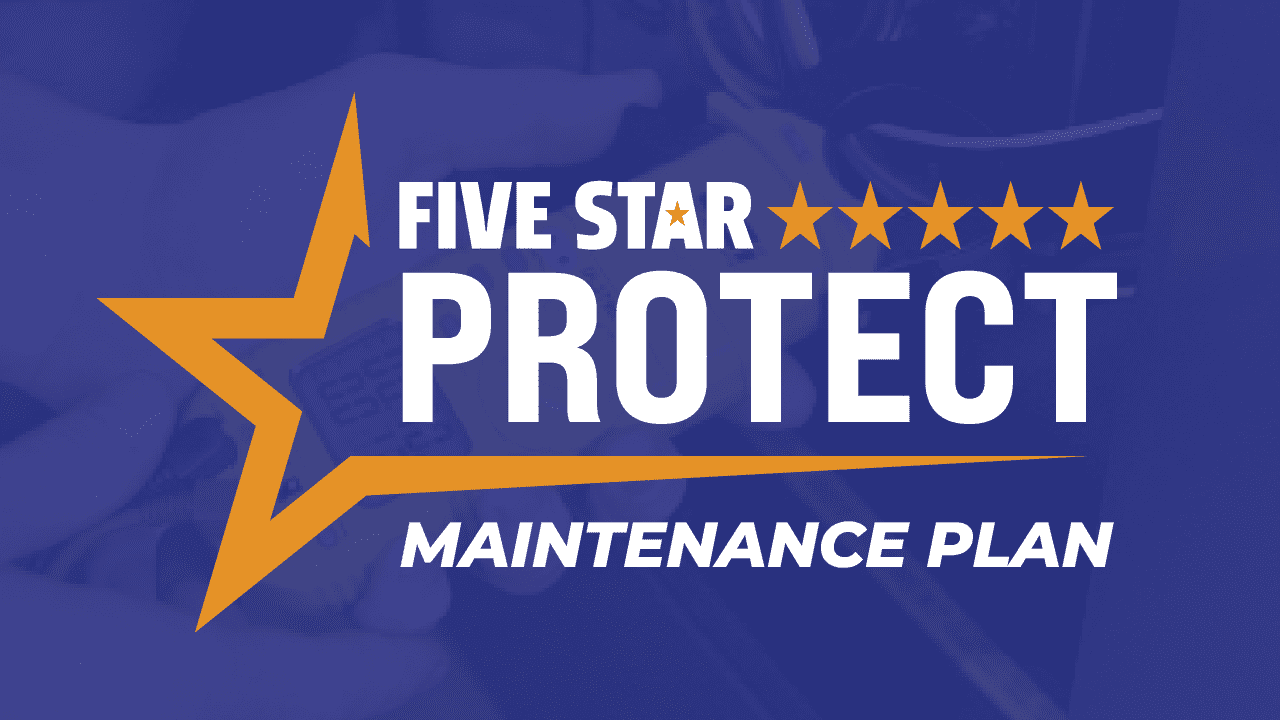Safeguarding your home from potential flooding is crucial, and a reliable sump pump is a vital component in that defense. But what happens when a storm knocks out the power? That’s where a battery backup for your sump pump becomes essential. This guide dives into the necessity of sump pump battery backups, how they function, and why they should be a priority for every homeowner.

The Role of Sump Pump Battery Backups
Sump pumps are designed to expel water that collects in a sump basin, typically located in the basement. They’re particularly important in flood-prone areas or where the groundwater is above the foundation level. However, a power outage during a severe storm can render electric sump pumps ineffective unless there’s a battery backup system in place. A sump pump battery backup acts as a secondary power supply, activating automatically when the primary pump loses power, ensuring your basement remains dry until electricity is restored.
The Importance of Having a Battery Backup
Protection from Floods During Power Loss
During harsh weather, power outages are common, precisely when the risk of flooding is at its highest. A battery backup keeps your sump pump running without interruption, providing continuous protection against water damage.
Boosting Home Resale Value
Installing a sump pump battery backup can enhance your home’s market value. Potential buyers are likely to appreciate the additional safety measure, especially in regions susceptible to flooding.
Prolonging Your Sump Pump’s Lifespan
Battery backups also help by easing the burden on your main pump. During periods of heavy rainfall and fluctuating power, the backup can share the load, effectively extending the life of your primary pump.
But you don’t have to just take OUR word for it. Read more on the importance of backup sump pump batteries by clicking here!

Selecting the Appropriate Sump Pump Battery Backup
Types of Batteries
Backup systems typically use either lead-acid or maintenance-free AGM (Absorbent Glass Mat) batteries. Lead-acid batteries are cost-effective but require periodic maintenance. AGM batteries demand minimal maintenance but are more expensive. Consider your budget and maintenance willingness when selecting a battery type.
Battery Capacity Considerations
The battery’s capacity dictates its operational duration during an outage. Aim for a battery capable of powering your pump for at least 8-12 hours, which should suffice for most storm-related outages.
Incorporate an Alarm System
An alarm system is a crucial feature, alerting you when the backup system is in operation, if the primary pump fails, or if the battery is low on power.
Installation Ease
Some systems are DIY-friendly, while others might necessitate professional installation. Evaluate your comfort level and decide whether a self-install system or professional assistance is appropriate.
Tips for Maintaining Your Sump Pump Battery Backup
- Test your system monthly by pouring water into the sump basin to ensure it activates and discharges water properly.
- Regularly inspect the battery for wear, corrosion, or damage, replacing it every 3 to 5 years or as the manufacturer advises.
- Clean the pump and inlet screen to prevent debris buildup, and verify that all connections are secure and free of corrosion.

A sump pump battery backup is a prudent investment in your home’s flood protection strategy. It ensures operation during power outages, boosts resale value, and aids in prolonging the life of your primary pump. As you search for ways to maintain a dry and secure basement, consider the long-term benefits and peace of mind afforded by a sump pump battery backup system. Begin protecting your home against unforeseen flooding today.
At Narrow Path Plumbing, safeguarding your home is our top concern. Read more about sump pumps and the challenges that come along with them here!
Call Narrow Path Plumbing today at (937) 623-2619, or schedule an appointment online now by clicking here!





